Rewarding farmers for the carbon they sequester on their land is quickly turning into the political soundbite of the year.
Time and time again, we hear claims that farmers must be rewarded for sequestering carbon and that this must be used to offset against national agricultural emissions, as is the case in other countries like France.
What our leaders fail to tell us however, is that this is not legally possible in Ireland. Furthermore, it will not be possible until 2030 or later, at least not in the same way as France.
To understand why this is the case, we need to take a look at two key climate policies which concern Ireland and other EU countries.
Kyoto and Paris
There are two major climate agreements that are relevant to Ireland’s emissions targets: the Kyoto Protocol and the Paris Agreement. Both agreements have different targets, as well as different methods in accounting for carbon.
The Kyoto Protocol, which ran from 2005 to 2012/20, focuses only on reducing atmospheric greenhouse gas (GHG) emissions, accounting for above-ground emission savings only.
It therefore only accounted for emissions savings associated with change of land use (planting forestry, biomass, renewable energy etc) and there are no mechanisms to earn credits from increasing soil carbon within an existing land use. The use of protected urea is also positive for reducing national farm emissions under the Kyoto accounting methods.
The protocol was superseded by the 2015 Paris Agreement, which came into effect in 2021 and runs to 2030, with revisions thereafter out to 2050.
Under the agreement, the EU has committed to reducing GHG emissions by at least 40% by 2030 compared to 1990 levels.
The Paris Agreement focuses on decarbonisation and is considerably more extensive in scope. One big change in the agreement was that it broadened the carbon accounting methodology to include carbon above and below the ground.
As a result, countries can now start accounting for increasing soil carbon on existing farmland under the agreement.
Protected urea is more favourable than unprotected urea under the agreement, however it is still classed as an artificial fertiliser and this carries a heavy emissions rating. Organic farms and those which use organic fertiliser are favourable in terms of emission reductions, however.
Many EU countries chose to adopt the Paris Agreement and its carbon accounting methods in its entirety. The EU Green Deal also fully aligns to the Paris Agreement methodology.
France is a good example of what is possible under the agreement. Currently, French farmers are generating soil carbon credits, which are being used to offset national emissions. This is only possible on a large scale under the Paris Agreement. Cited by the Organisation for Economic Co-operation and Development (OECD) as best in class, France has achieved 12% emissions savings in agriculture by 2020, four years ahead of target.
This has also contributed to the development of a thriving anaerobic digestion industry, which is playing a key role in decarbonising the French agricultural sector.
Derogation (Delegated Act)
This is where Ireland differs from France. In 2018, the Irish Government sought a derogation (delegated act) to extend the current accounting provisions under the Kyoto Protocol out to 2030 instead of adopting the Paris Agreement in its entirety.
Therefore, the Irish non-emission trading sector (ETS), including agriculture, is committed to Kyoto Protocol accounting methodology.
This effectively limits the carbon-saving measures that are accountable at national level to those which favour reducing atmospheric emission reductions, ie afforestation, re-wetting of peatlands and the use of protected urea. Reducing the national herd is also favourable under Kyoto carbon accounting methods. This in some way explains the Government’s current climate strategy.
As a result, sequestered carbon on farmland under the current policy cannot be accounted for or used to reduce national agricultural emissions until 2030.
Mismatch
One important point, however, is that companies within the ETS (ie most of the large dairy processors) are required to comply with regulations under the Paris Agreement. The Paris Agreement and EU Green Deal account for the emissions – ie carbon footprint – of the entire supply chain, from the emissions of a processing plant, to the emissions inside the farm gate of the dairy farm supplier.
Therefore, a proven decrease in emissions on the dairy farm supplier can count towards emissions reductions in the dairy processor.
However, this is where the problem lies. As Irish farmers are working under the Kyoto Protocol, and large food processors are under the Paris Agreement, the emission reduction strategies of each do not match up and are at odds with each other. The use of protected urea, as pointed out earlier, is a prime example of this.
Is there another way?
As the French model is not directly applicable here by virtue of the 2018 decision, the question now is whether there is another way to reward farmers for sequestering carbon.
The answer is ‘yes’, if they are within the supply chain of an ETS company, eg a dairy farmer supplying a milk processor.
In theory, farmers can generate soil carbon credits which can be either be built into supply chains or purchased to offset the company’s emissions. This is a key pillar of the industry-led biomethane initiative, Project Clover.
However, as it takes five years of measurement and data to generate carbon credits under the IPCC (Intergovernmental Panel on Climate Change) process, even if we started today, it would be 2026 before farmers could be rewarded for sequestered carbon.
As the next CAP enters the final stages of negations, perhaps a new mechanism to account for emissions reduction via sequestered carbon will be developed. Until then, our options are limited.




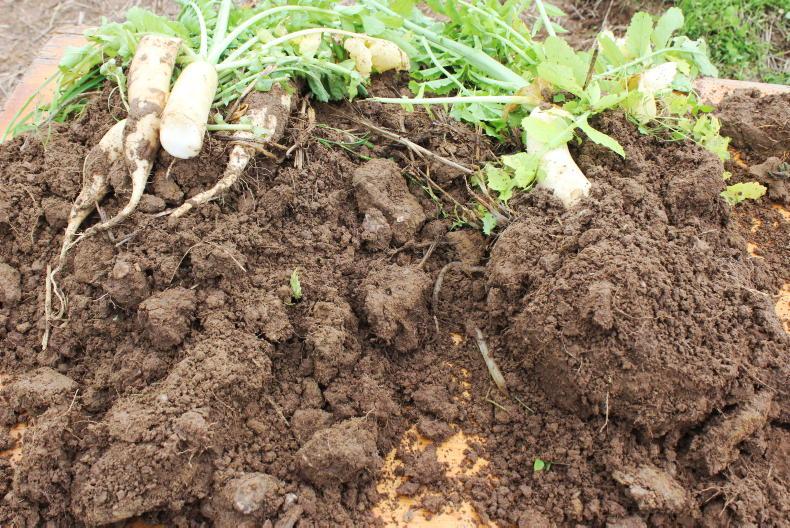


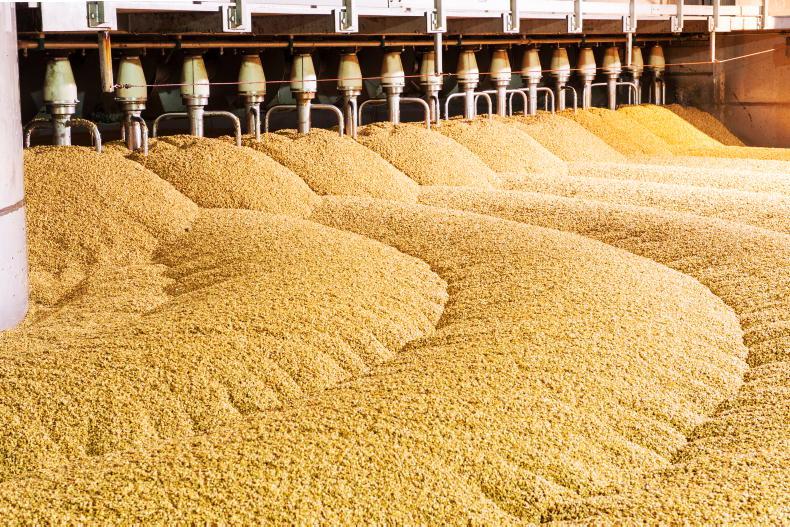
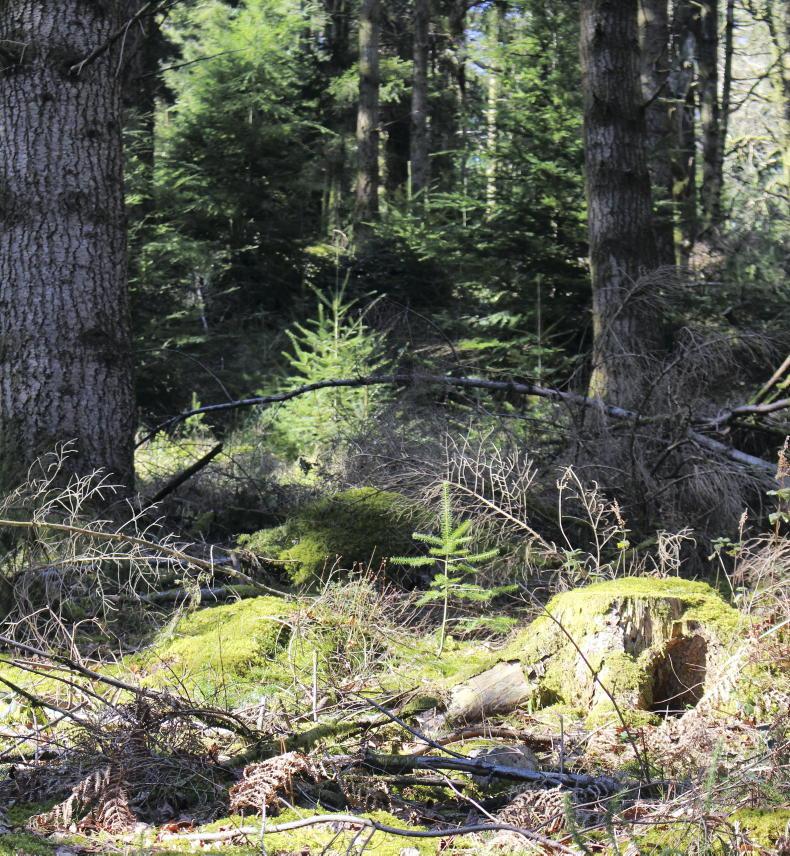
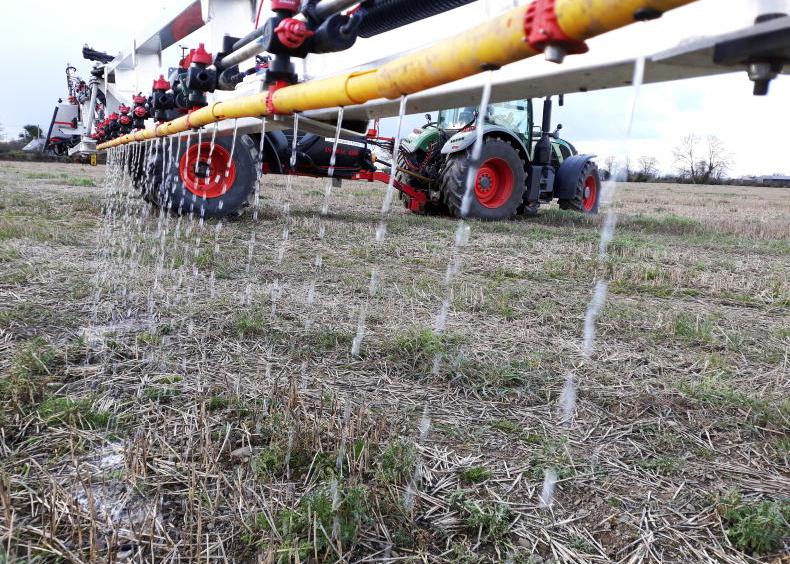
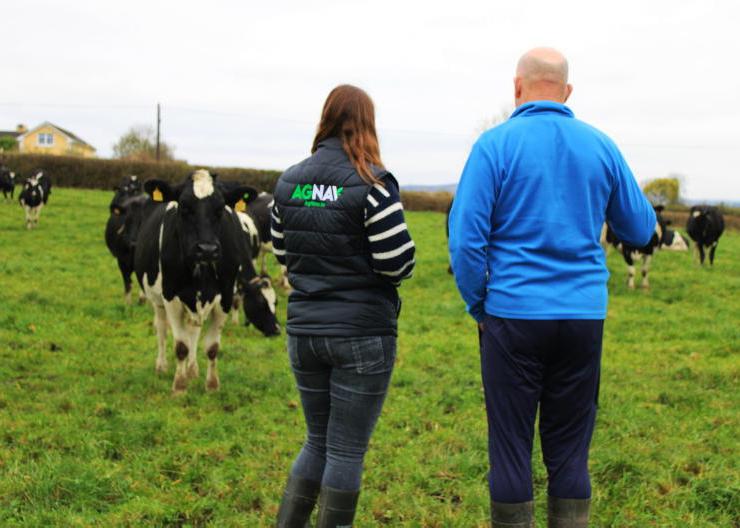
SHARING OPTIONS